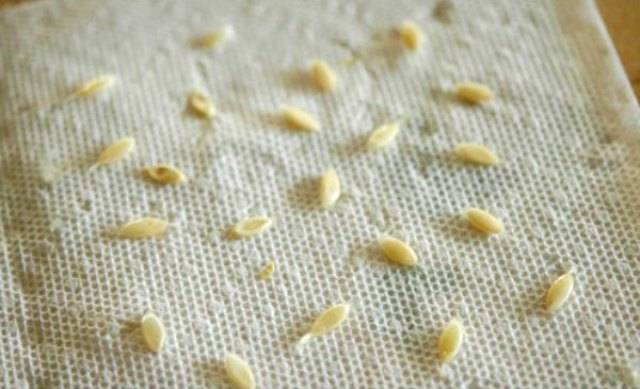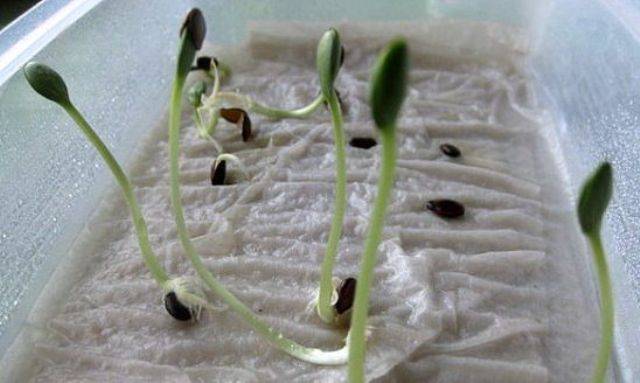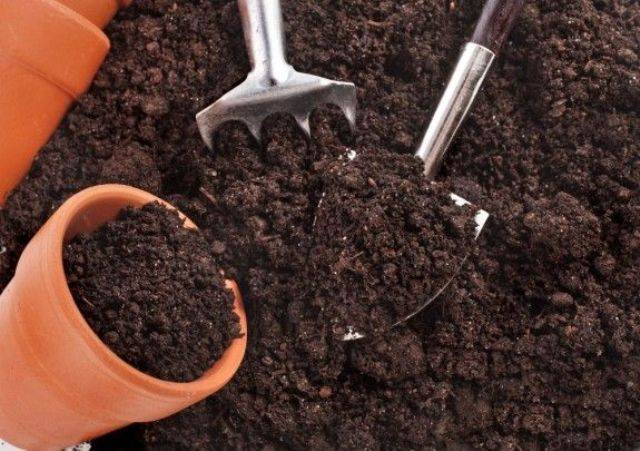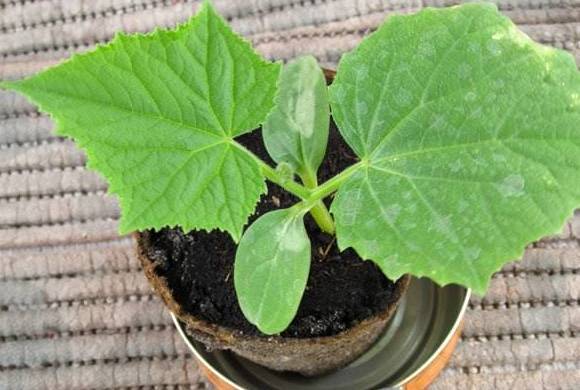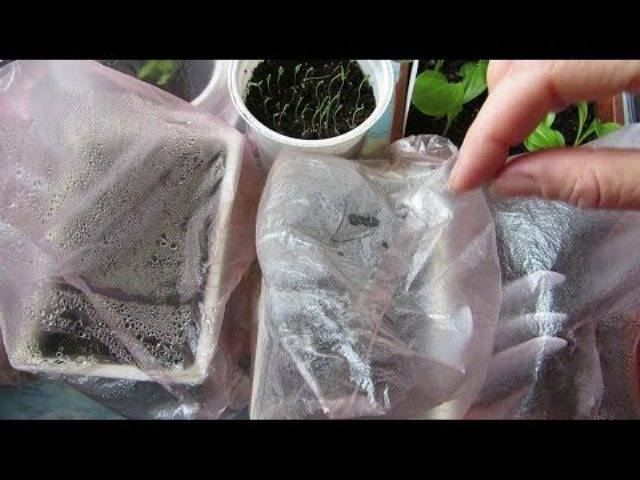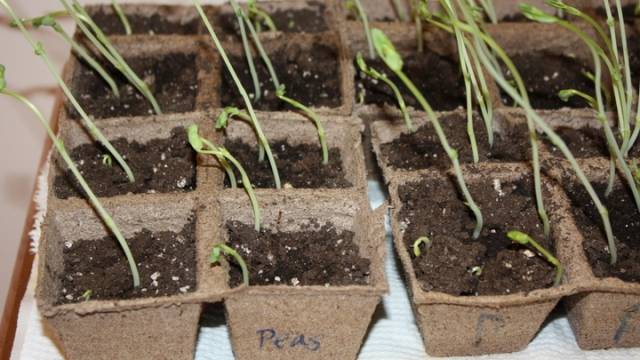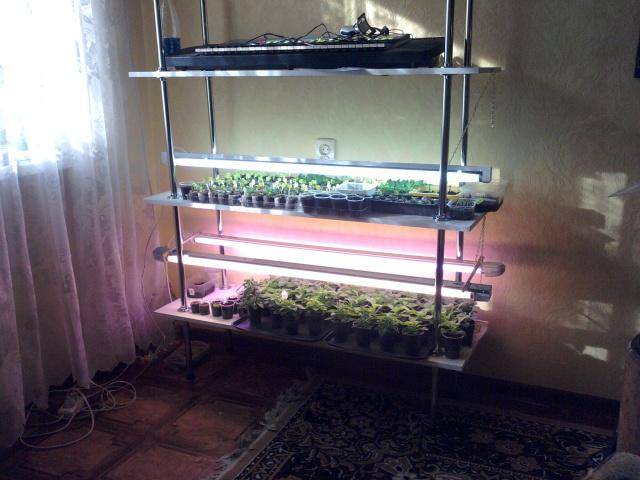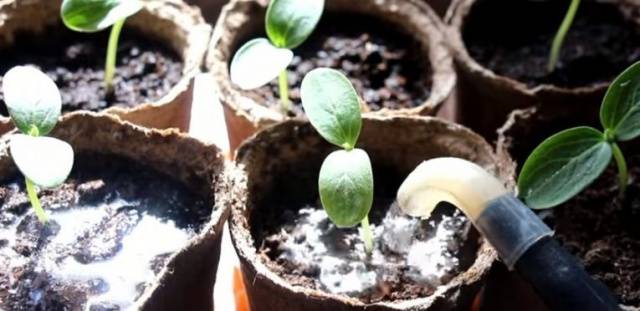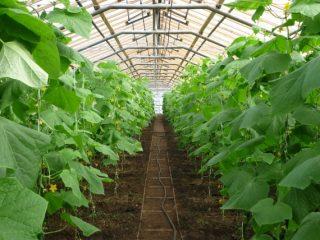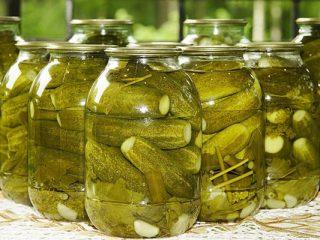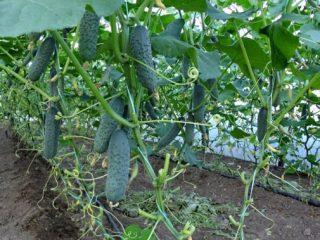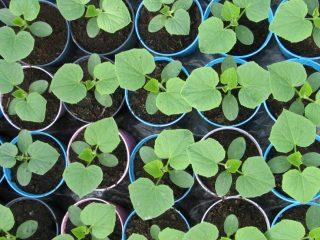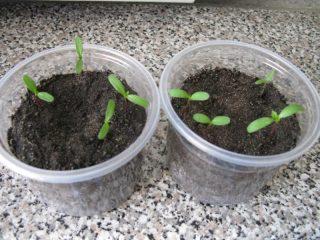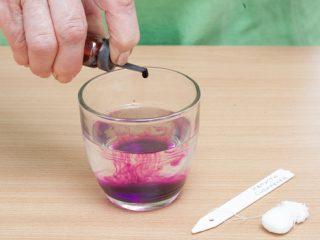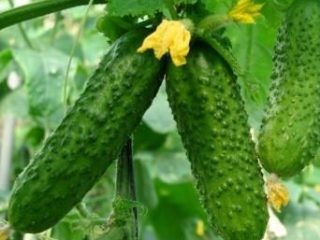Content
Plants have the highest yield of cucumbers if grown seedlings was carried out in greenhouse conditions. Do you live in the city and only come to your garden in the summer? Then use the tips for planting seeds and germinating seedlings at home. Plant cucumbers This method is also convenient for residents of country houses who do not have greenhouses or specially equipped premises for growing seedlings.
Selection of cucumber seeds for home seedlings
Sowing seeds at home can be done starting from the end of February. If you are growing varietal cucumbers in the open ground, then most likely you prepare the seeds of the varieties you like in advance. If stored properly, cucumber planting material can last up to 8-10 years, but the best and most reliable are seeds aged for 2-3 years. Experienced gardeners and farmers recommend planting them.
When storing cucumber seeds for a long time, it is important to follow two rules: temperature air in the room should be at least 200C, and the air itself should be dry. Before planting in the ground, grains must be sorted, soaked in disinfecting solutions and hardened.
Statistics from surveys conducted among summer residents indicate that at home, the best cucumber seedlings are obtained from the seeds of self-pollinating hybrids. This does not mean that planting seeds collected from your own harvests is futile, you just need to tinker with them a little more.
Watch a video on how to prepare cucumber seeds for sowing:
Preparing seeds for sowing at home
Preventive measures are carried out only with those grains that you prepared yourself. Store-bought hybrids are usually sorted and prepared for sowing by the manufacturer. To protect yourself and get strong cucumber shoots Be sure to read the instructions for planting seedlings, and only then get to work.
Before a cucumber seed is planted in the ground, it will have to go through several stages of processing and preparation for sowing:
- Calibration. All planting material is placed in a 3% saline solution. The cucumber seeds that float up are thrown away, those remaining at the bottom are taken out and dried.
- Disinfection. This is done by soaking the planting material in a weak 1% solution of potassium permanganate. The grains are disinfected for 25-30 minutes, washed with warm running water and dried.
- Swelling and germination. Cucumber seeds are evenly laid out on a slightly damp cotton rag. During the germination process, it is necessary to ensure that the rags do not dry out. Solutions containing components that stimulate plant growth can be added to a humid environment.The seeds are kept until they begin to hatch and the stem reaches a length of 1.5-2 cm;
- Hardening. When sprouts emerge from the grains, the napkin is folded and placed in the refrigerator for 45-50 hours. The procedure is necessary to harden the seed and prepare the seedling for transplanting into the soil.
Having carried out all preventive procedures before sowing seeds in the ground, you can be sure that cucumber seedlings grown at home will be strong and stable. You only need to plant planting material that has been completely pre-treated.
Sowing seeds
In order to grow cucumber seedlings at home, you need to make every effort to ensure that they are strong and resistant to various diseases. You can achieve what you want if, before planting, you carry out a number of activities related to the selection and preparation of containers and substrate.
Soil preparation
The substrate for growing cucumber planting material is prepared from the following components:
- Sod land - 1 part;
- Humus – 1 part;
- Peat – 1 part;
- Sand – 1 part;
- For 10 kg of a mixture of the above components there are 30 grams of nitrophoska and 30 grams of urea, as well as a glass of wood ash.
Before planting the seed in the soil, all components must be thoroughly mixed and kept at room temperature for 2-3 hours.
Bubbling
Growing cucumber seedlings at home begins with bubbling the seeds. This obligatory process is associated with stimulating the growth of seeds whose age is 2 years and above. To do this, planting material is placed in a small cotton bag or gauze and kept at high temperatures for 2-3 weeks.At home, you can use a thermostat or a regular aquarium water heater for bubbling.
In the video you can see simple ways of bubbling and heat treating cucumber seeds at home:
Choosing a container for seedlings
Despite the fact that the main thing in the process of growing cucumber seedlings from seeds is the preparation of material and substrate, the choice of container for seedlings must also be approached responsibly.
The correct choice of container for seed germination can minimize the likelihood of root rupture during transplantation and will protect the plant from diseases associated with changes in climatic conditions when the root and stem are connected to open ground.
The planting container is filled 2/3 with prepared soil. As the cucumber seedlings develop, the volume of soil in the container can be increased.
Rules for sowing cucumber seeds
Before planting, it is necessary to review the planting material again. Only dry and well-hatched grains are lowered into the ground. No more than 2 seeds are planted in one container, then the soil in the container is moistened, and the pot itself is covered with plastic film. Such a shelter will help maintain a humid microclimate, preserving the evaporation necessary for the seedling from the warm and moist soil.
Find the warmest (but not dry) place in the house and place planting containers there. It should be remembered that before the cucumber sprouts appear, the room temperature should not fall below 23-250WITH.
At home, cucumber seedlings appear above the soil surface on the fourth day. After the seedlings have appeared, the film can be removed from the container, and the plant can be moved for several days to a cool room with a temperature of 15-160C. After this, return the cucumber seedlings to a dry room, ensuring a temperature of 19-200WITH.
Watch your cucumbers carefully, regularly checking the condition of the sprouts. If the seedlings stretch too quickly, it means that the cucumber does not have enough sunlight or the temperature in the room is too high. If the leaves turn yellow, there is not enough moisture and oxygen. The cucumber sprouts have begun to fade - pay attention to the temperature conditions.
Feeding, watering and hardening of seedlings
Cucumber seedlings are grown at home for about a month. Feeding seedlings with fertilizers during this time is carried out only twice:
- 2 weeks after sprouts appear. To feed, you need to prepare a solution at the rate of: 3 liters of purified and settled water and 15-20 grams of urea. At least 100 ml of this liquid is poured into each container.
- A week after the first feeding. Fertilizer composition: for 3 liters of water – 15 grams of nitrophoska and 30 grams of wood ash. Everything is thoroughly mixed, infused for 3-4 hours, then filtered. The consumption of the product is the same as in the first case.
Do not forget that seedlings for cucumbers are grown at home for no more than a month.Correctly determine the timing of planting seeds, calculating the exact time before transferring them to open ground. An overgrown plant can be sick for a long time and adapt to new climatic conditions. If a cucumber seedling is not fully formed, it will quickly die not only in the open area, but also in the greenhouse.
Additional illumination of seedlings
Today, the method of supplementary lighting is very popular in stimulating the growth of cucumber seedlings. It is used if it is impossible to find a place in a house or apartment for sufficiently long-term natural lighting of seedlings. This often happens in cases where the apartment is small in size and there are too many containers with seedlings.
Dim fluorescent or ordinary energy-saving lamps are suitable for the additional illumination procedure. The main criteria for a correctly completed event are that the distance to the surface of the seedlings should be at least 20 cm, and the duration of the light flow should be at least 12 hours a day.
Most often, the supplementary lighting method is used when the weather outside is cloudy, and the length of daylight hours does not yet allow the cucumber seedlings to receive enough light for growth.
Remember that a newly hatched cucumber seedling really needs good lighting. The first sign of a lack of light is drooping and limp plant stems, slow growth, and yellowness appearing on the leaves.
How to water cucumber seedlings at home
Despite the fact that cucumber is a vegetable crop that requires regular and abundant watering, seedlings grown in an apartment should be watered only as needed. Cucumber seedlings grow correctly and well if the root is only slightly moistened.The volume of liquid should be moderate, not to mention that water should not stagnate in the pot. Watering cucumbers is carried out only with warm and settled water.
If you use the supplementary lighting method for growing cucumbers, the seedlings must be watered twice a day (morning and evening) in small portions. If your seedlings are in conditions of good natural light - once in the morning.
Growing seedlings at home will bring pleasure and give good results only if all the recommendations for preparing seeds are used and the conditions for keeping them in the soil are met. Cucumber seedlings grown at home can be transferred to greenhouses and hotbeds already in early May, with the only requirement for the room itself - it must maintain an optimal growth temperature.
After watching the video, you will learn the basic rules for growing cucumber seedlings at home:

